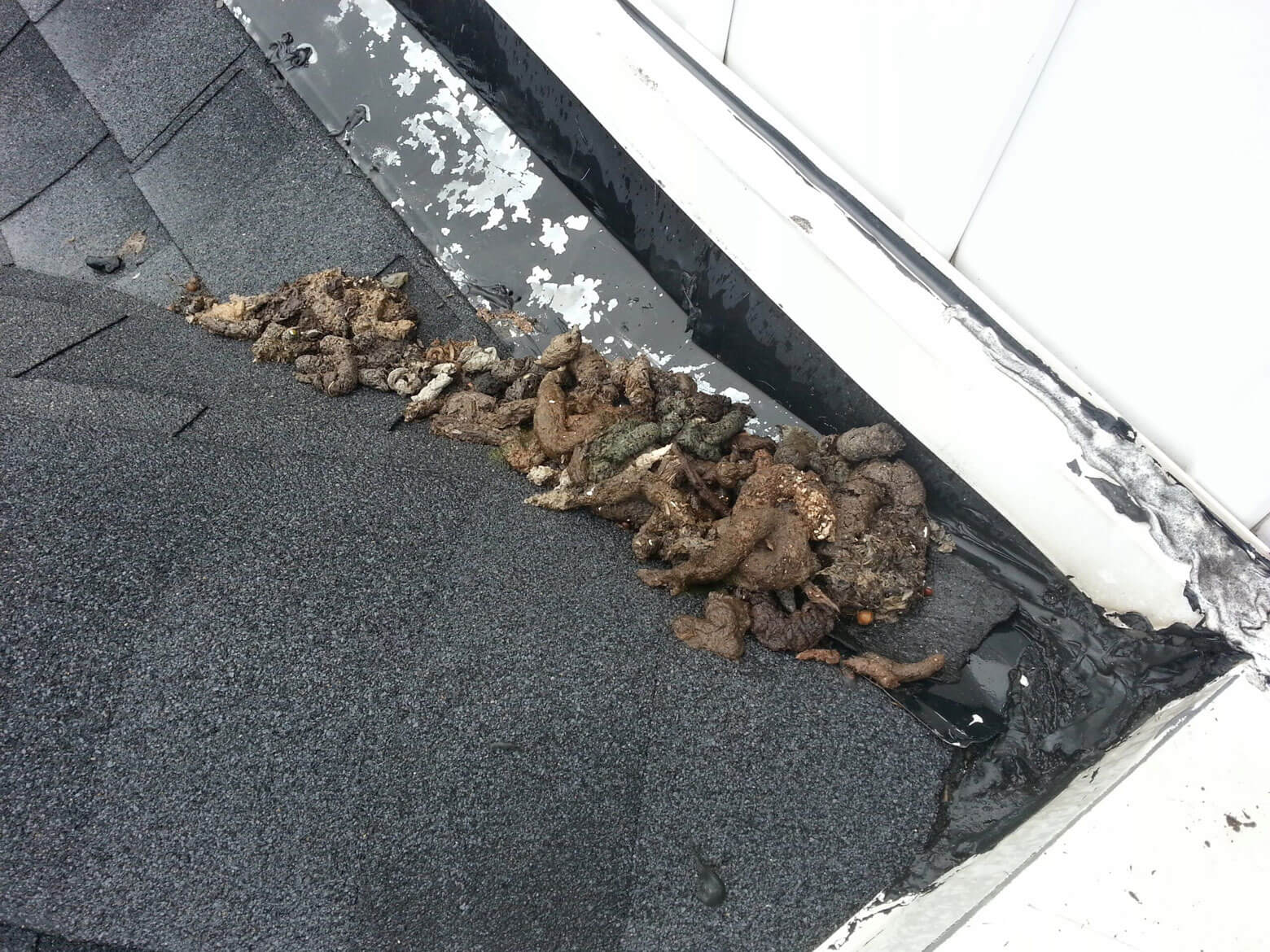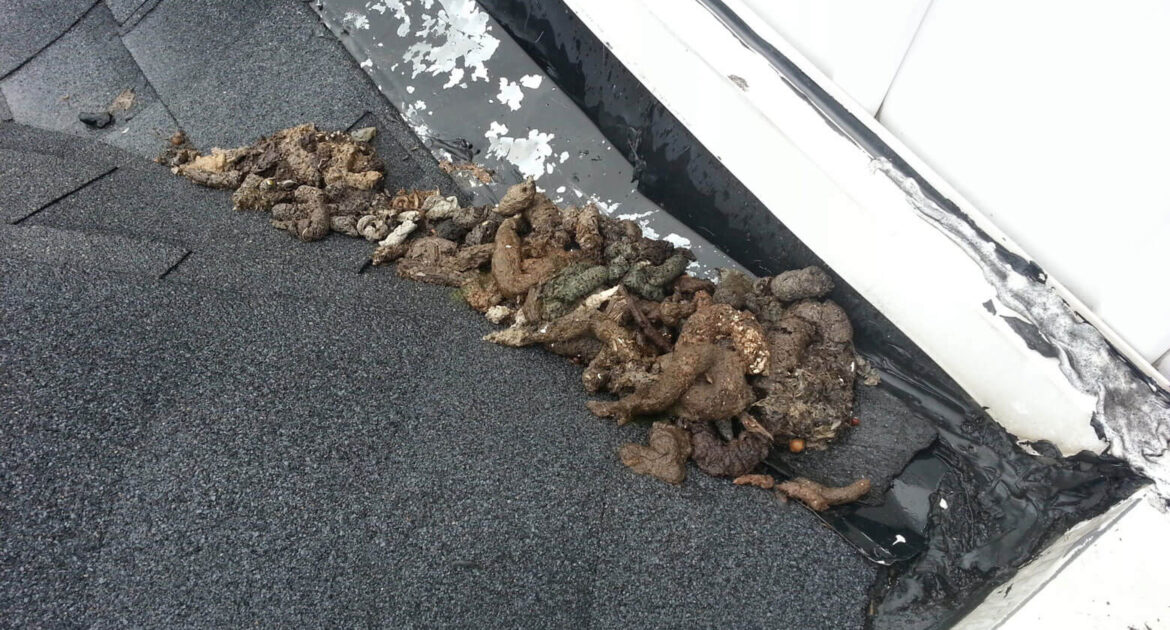Once the sun goes down, raccoons are a common sight in many suburban neighborhoods, and some homeowners enjoy watching their antics as they prowl through the back yard or climb trees. As cute as they may be, raccoons are still wild animals, and having them hang out in your yard can be problematic. Learn how raccoons spread roundworm to humans, how to identify raccoon poop, and what our Skedaddle wildlife removal team in Milwaukee can do to clean up the mess raccoons make.
How Raccoons Spread Roundworm
Raccoons are the primary cause of raccoon roundworm, scientifically known as Baylisascaris procyonis. The parasite causes little harm to an estimated 40% to 60% of raccoons that carry it. A raccoon initially becomes infected as it forages on the forest floor, unintentionally consuming the parasite’s eggs. Once inside the raccoon’s intestines, the eggs hatch and grow to adult worms, each producing 100,000 or more eggs per day. The raccoon then expels millions of eggs in its feces each time it goes to the bathroom.
Humans and other animals become infected when they touch the poop or nearby soil and do not wash their hands before eating or touching their face. Unfortunately, other species cannot tolerate the parasite in the same way raccoons do, and humans can develop a disease known as visceral larval migrans in which the larvae migrate to and damage various organs in the body. This rare but serious illness can cause blindness, brain damage, and sometimes death.
Raccoon Pooping Habits
Raccoons poop one or two times per night. Similar to the way house cats use a litter box, raccoons designate a specific area known as a latrine for relieving themselves. Raccoons select areas that are flat and open, such as lawns, roofs, or decks. They also sometimes choose the base of a tree, fence, woodpile, or large rock. If raccoons are nesting in your attic, they will select a particular area up there.
You can identify raccoon droppings by looking at their shape and contents. They are 2-3 inches long, as wide as a nickel, and exhibit a dark purple or blackish color. You will see undigested seeds and berries sticking out of them, as well as an occasional bit of hair or an insect exoskeleton. Raccoon urine has an odor that might not be noticeable at first but becomes overpowering the longer the latrine is used.
How to Clean Up Raccoon Poop
Proper cleanup is essential when raccoons are around, and Skedaddle does not recommend homeowners clean up the mess on their own. One reason professional help is required is that roundworm eggs have a tough outer shell that protects the developing larvae from bleach and other ordinary cleaning chemicals. Another consideration is that techniques must be used to keep from touching or breathing the waste. Even old latrines must be treated with caution because roundworm eggs can live in the soil for years.
Professional cleaning is the safest option, especially if the latrine is well-established or if a raccoon family has invaded your attic. Skedaddle’s trained technicians know the proper way to remove the threat of roundworms and to keep raccoons from coming back to your yard or home. To remove an attic latrine, we will enter through the roof to vacuum out any contaminated materials, then thoroughly deodorize and disinfect the area to prepare it for fresh insulation.
Trust Skedaddle to clean up raccoon latrines both inside and outside the home and to humanely remove raccoons from your property. Our proven disinfection and deodorizing process prevent other raccoons from being attracted to the smell and continuing the cycle. Call Skedaddle Humane Wildlife Control to deal with all your wildlife problems in the Milwaukee area.




